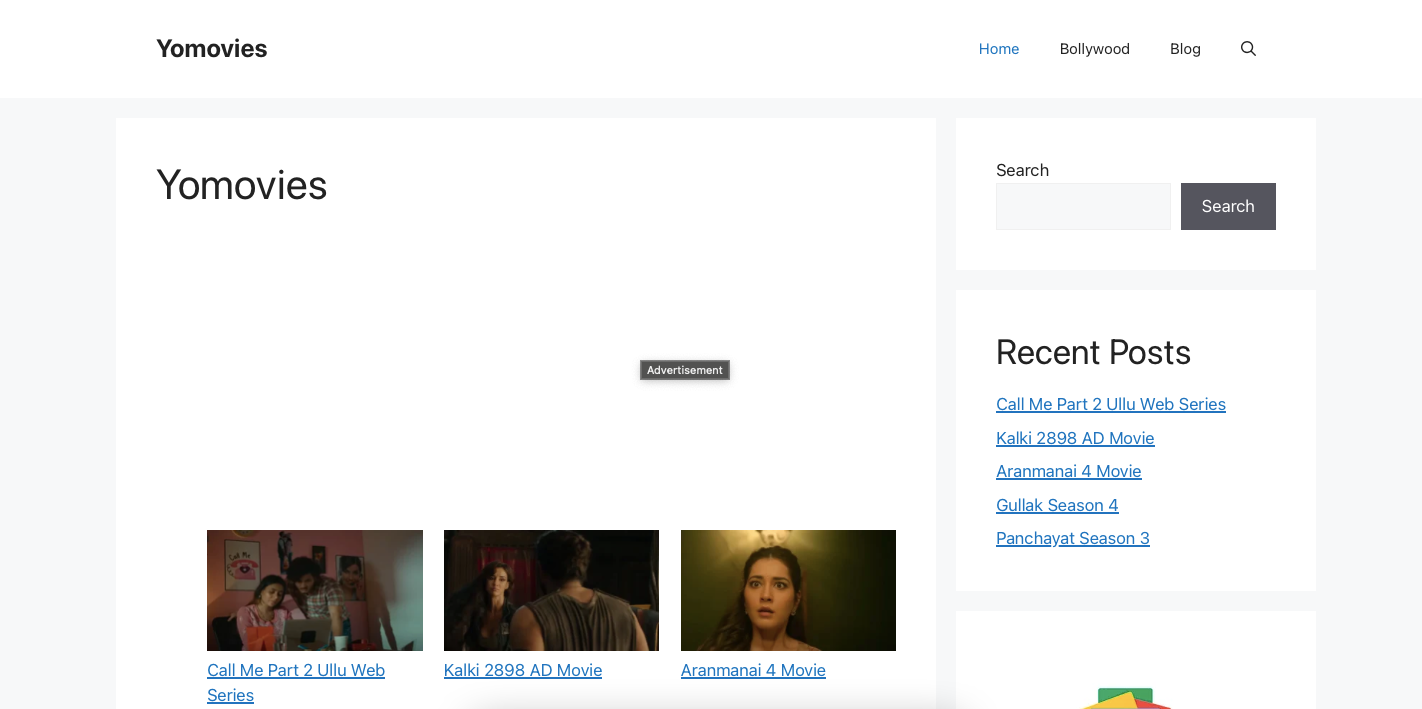
Anxiety is a pervasive mental health condition affecting millions of people worldwide. Its manifestations range from mild, manageable symptoms to severe, debilitating episodes that can hinder daily functioning. Despite its prevalence, anxiety is often misunderstood and stigmatized. However, through stories of hope and healing, we can begin to understand its complexities and the diverse ways individuals cope and thrive. This essay explores the journeys of several individuals who have faced anxiety, highlighting their struggles, coping mechanisms, and paths to healing.
Understanding Anxiety
Anxiety disorders encompass a range of conditions, including generalized anxiety disorder (GAD), panic disorder, social anxiety disorder, and specific phobias. These conditions are characterized by excessive fear or worry, physical symptoms such as heart palpitations and sweating, and avoidance behaviors. The root causes of anxiety are multifaceted, involving genetic, environmental, and psychological factors. Understanding the lived experiences of those with anxiety can provide valuable insights into these complexities.
Sarah’s Journey: Embracing Mindfulness
Sarah, a 34-year-old marketing executive, began experiencing anxiety in her early twenties. Initially, she dismissed her symptoms as stress from her demanding job. However, as her anxiety escalated, she found herself unable to concentrate, plagued by constant worry, and experiencing panic attacks. Sarah’s turning point came when she discovered mindfulness meditation.
Mindfulness, the practice of staying present and fully engaging with the current moment, became Sarah’s anchor. Through guided meditations, breathing exercises, and mindful practices integrated into her daily routine, she learned to manage her anxiety more effectively. “Mindfulness taught me to observe my thoughts without judgment,” Sarah explains. “It gave me the tools to interrupt the cycle of anxiety and regain control over my mind.”
Sarah’s story is a testament to the power of mindfulness in managing anxiety. By embracing mindfulness, she transformed her relationship with anxiety, finding peace in the present moment and learning to navigate her symptoms with greater ease.
John’s Story: The Power of Community
John, a 28-year-old software engineer, experienced social anxiety for most of his life. Social situations, from parties to work meetings, triggered intense fear and discomfort. He often felt isolated and misunderstood, avoiding social interactions whenever possible. John’s breakthrough came when he joined a support group for individuals with social anxiety.
In the support group, John found a community of individuals who shared similar struggles. The group provided a safe space for him to express his fears and anxieties without judgment. Through shared experiences and mutual support, John began to challenge his negative thought patterns and gradually exposed himself to social situations. “The support group was a game-changer for me,” John shares. “It showed me that I wasn’t alone and that others understood exactly what I was going through.”
John’s experience highlights the importance of community and social support in managing anxiety. By connecting with others who faced similar challenges, he found the courage to confront his fears and gradually build confidence in social settings.
Maria’s Path: Therapeutic Interventions
Maria, a 42-year-old teacher, struggled with panic disorder for over a decade. Her panic attacks were sudden and intense, often leaving her feeling overwhelmed and helpless. Despite trying various self-help strategies, Maria found little relief until she sought professional help through cognitive-behavioral therapy (CBT).
CBT is a widely recognized and effective therapeutic approach for treating anxiety disorders. It focuses on identifying and challenging negative thought patterns and behaviors, replacing them with healthier, more adaptive ones. Working with a therapist, Maria learned to recognize the triggers of her panic attacks and develop coping strategies to manage them. “CBT gave me the tools to understand my anxiety and take control of my life,” Maria says. “It was a challenging process, but it was worth it.”
Through CBT, Maria gained a deeper understanding of her anxiety and developed practical skills to manage it. Her story underscores the importance of seeking professional help and the transformative impact of therapy in treating anxiety disorders.
Ahmed’s Resilience: The Role of Medication
Ahmed, a 30-year-old student, battled severe generalized anxiety disorder (GAD) that significantly impacted his daily life. Constant worry and physical symptoms such as muscle tension and restlessness made it difficult for him to focus on his studies and enjoy social activities. After trying various non-pharmacological interventions with limited success, Ahmed decided to consult a psychiatrist and explore medication options.
Under the guidance of his psychiatrist, Ahmed was prescribed an antidepressant commonly used to treat anxiety disorders. The medication helped regulate his brain chemistry, reducing the intensity of his anxiety symptoms. “Medication wasn’t a quick fix, but it provided a foundation for me to work on my anxiety,” Ahmed explains. “It gave me the stability I needed to engage in therapy and make lifestyle changes.”
Ahmed’s experience illustrates the potential benefits of medication in managing anxiety. For some individuals, medication can be a crucial component of a comprehensive treatment plan, providing the stability needed to engage in therapeutic interventions and make positive changes.
Emily’s Transformation: Lifestyle Changes and Self-Care
Emily, a 26-year-old artist, experienced anxiety that manifested as chronic worry and physical symptoms like headaches and stomachaches. Feeling overwhelmed by her anxiety, she decided to take a holistic approach to her well-being, focusing on lifestyle changes and self-care practices.
Emily began by incorporating regular exercise into her routine, finding that physical activity helped alleviate her anxiety and improve her mood. She also adopted a balanced diet, prioritizing nutrient-rich foods that supported her mental health. Additionally, Emily practiced self-care activities such as journaling, spending time in nature, and engaging in creative pursuits.
“Taking care of my body and mind became a priority,” Emily says. “It wasn’t an overnight change, but gradually, I started feeling more balanced and in control.” Emily’s story highlights the importance of holistic approaches to managing anxiety. By making lifestyle changes and prioritizing self-care, she created a foundation for improved mental health and resilience.
Carlos’s Empowerment: Education and Awareness
Carlos, a 38-year-old lawyer, had experienced anxiety since childhood but didn’t understand what he was going through until much later. Growing up in a culture where mental health was stigmatized, he often felt ashamed and alone in his struggles. Carlos’s turning point came when he began educating himself about anxiety and mental health.
Through reading books, attending workshops, and participating in online forums, Carlos gained a deeper understanding of anxiety and its underlying mechanisms. This knowledge empowered him to take proactive steps in managing his condition. “Education was a game-changer for me,” Carlos shares. “It gave me the tools to understand my anxiety and the confidence to seek help.”
Carlos’s journey emphasizes the importance of education and awareness in managing anxiety. By learning about his condition, he was able to break free from stigma and take control of his mental health.
Megan’s Healing: The Role of Creativity
Megan, a 29-year-old writer, found solace in creativity as a means of coping with her anxiety. From a young age, she turned to writing as an outlet for her emotions and a way to process her experiences. Over time, writing became a therapeutic tool that helped her navigate the complexities of her anxiety.
Through poetry, journaling, and storytelling, Megan was able to express her fears and anxieties in a safe and constructive way. “Writing became my sanctuary,” Megan explains. “It allowed me to explore my emotions and gain insight into my anxiety.” Megan’s experience highlights the healing power of creativity. By channeling her chronic anxiety into creative pursuits, she found a meaningful way to cope and heal.
Conclusion: Stories of Hope and Healing
The stories of Sarah, John, Maria, Ahmed, Emily, Carlos, and Megan illustrate the diverse ways individuals cope with and heal from anxiety. Each journey is unique, reflecting the complex and multifaceted nature of anxiety disorders. Through mindfulness, community support, therapy, medication, lifestyle changes, education, and creativity, these individuals found paths to managing their anxiety and reclaiming their lives.
Living with anxiety is undoubtedly challenging, but it is also a journey of resilience and strength. The stories shared in this essay offer hope and inspiration to others facing similar struggles, reminding us that healing is possible. By understanding and supporting one another, we can break the stigma surrounding anxiety and create a world where everyone feels empowered to seek help and find healing.
RELATED POSTS
View all


